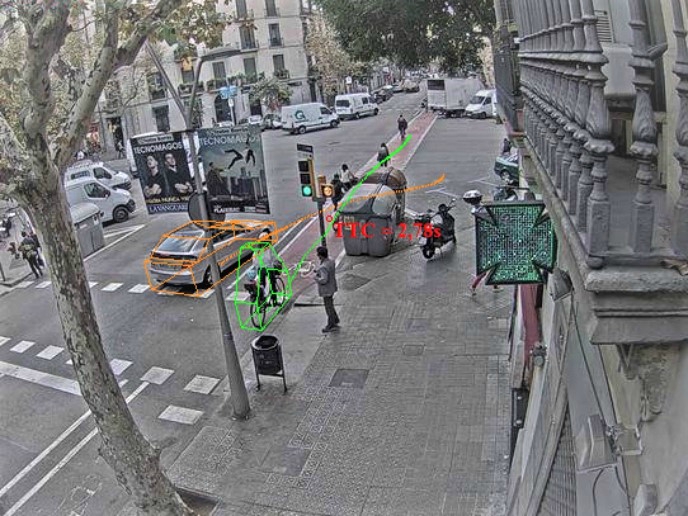How can we keep vulnerable road users safe on European roads?
Talking about the InDeV project, Dr Aliaksei Laureshyn, project coordinator, explains, “our objective was to contribute to the improvement of VRU safety in Europe.” To do this, InDeV focused on developing an integrated methodology to study accident causation for VRUs, together with a framework for comprehensive assessment of socioeconomic costs related to these accidents. InDeV’s accomplishments “The main outcome of the project is a handbook that describes different methods for analysing safety, their advantages and limitations, as well as how these methods can complement each other,” outlines Dr Laureshyn. The handbook covers accident reports analysis, in-depth investigations, accident self-reporting, behavioural and conflict observations, naturalistic studies and road safety inspections. InDeV focused on indirect methods of safety data collection, primarily on traffic conflict observations, to cover the lack of available data. Furthermore, “the project’s large-scale validation study focused on conflicts between motor vehicles and cyclists and pedestrians as well as with automated tools for more efficient and accurate data collection,” notes the coordinator. Key messages “We have three main messages we would like people to remember from InDeV,” expresses Dr Laureshyn. Firstly, when police data is compared to other sources of information, accidents involving pedestrians and cyclists are found to be under-reported in all European countries. “Relying blindly on police data results in us setting the wrong priorities and focusing on the wrong types of problems,” adds Dr Laureshyn. Also, complementing police data with hospital injury records is beneficial for safety analysis. This is why the project recommends that it becomes mandatory for Member States to develop and implement procedures on handling hospital data. Hospital records also reveal that while most safety research on cyclist and pedestrian safety is invested in the prevention of collisions with motor vehicles, most severe injuries are a result of falls while walking or cycling. “It means that, at least in urban areas, the main focus should be on studying and preventing single accidents, which is currently neglected,” stresses Dr Laureshyn. The coordinator concludes: “The field studies performed in InDeV proved that it is close to impossible to carry out a safety analysis for individual traffic sites using only accident history data.” InDeV recommends that efforts on development and practical implementation of the indirect – surrogate – methods and tools for road safety diagnosing be continued. InDeV’s work is not over InDeV collected a unique data set describing interactions between motor vehicles and cyclists/pedestrians in eight European countries. It consists of more than 10 000 individual interactions with high-resolution trajectories, including both the normal traffic and safety critical events. This data is also supported by background information such as exposure counts and expected accident numbers estimates. “We will continue using this data set testing various theories related to the definitions and validation of the surrogate measures of safety. We also share this data set – anonymised and without video – with other researchers worldwide,” confirms Dr Laureshyn. The project also plans several follow-up national and international projects that will use and build on the tools and knowledge developed in InDeV.
Keywords
InDeV, road safety, VRU, cyclists, pedestrians, safety analysis, vulnerable road users, accident causation, safety data



